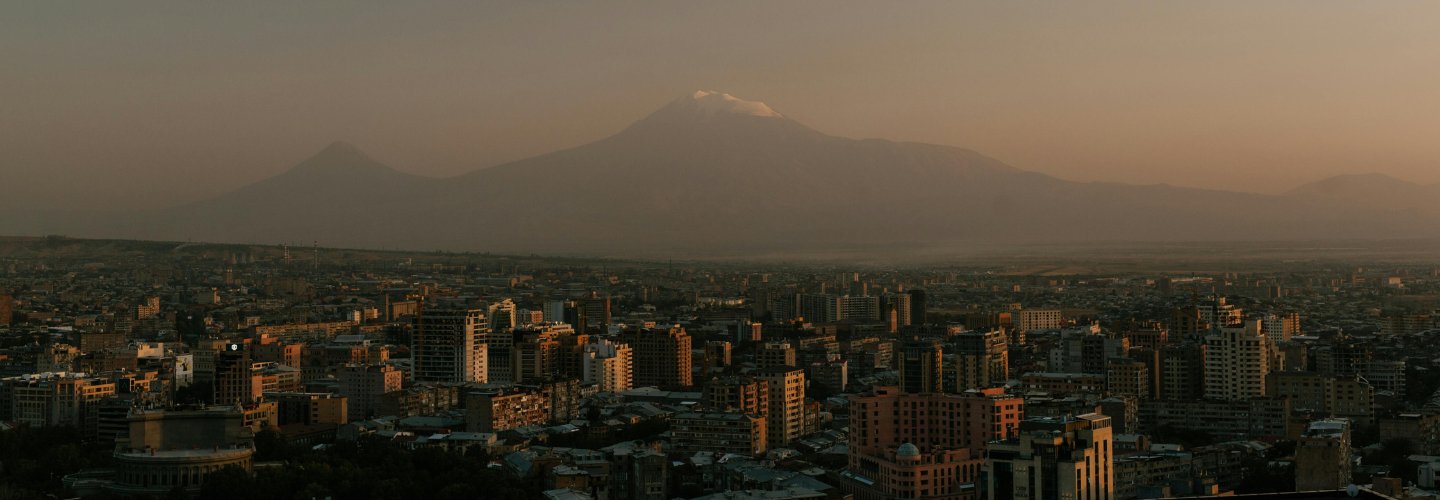
ARMENIA • STARTUP ECOSYSTEM
Seedstars Global
Aug 1, 2025
Armenia has quietly built one of the region's most sophisticated startup ecosystems. The country's tech diaspora, with deep Silicon Valley roots, gives it an edge that neighboring countries can't easily replicate.
The numbers tell part of the story. Armenia has produced unicorns like PicsArt and celebrated major exits like ServiceTitan's recent $10+ billion IPO. But the real advantage lies in something harder to quantify: a network of Armenian entrepreneurs who move seamlessly between Yerevan and Silicon Valley, bringing Valley expertise home while maintaining global market access.
The foundation goes back decades. During the Soviet era, Armenia was a hub for innovation, physics research, and programming development. When the USSR collapsed in the 1990s, the country inherited substantial technical expertise. Over time, this evolved from outsourcing work to building original products, with diaspora Armenians bringing Valley experience to help accelerate this transformation.
"The diaspora connection brings us expertise, funding, and networking opportunities that other countries in the region simply don't have," explains Armenuhi Arakelyan, who leads EBRD's work with Armenian startups. Meanwhile, tech giants like Microsoft and Synopsys established subsidiaries in Armenia, creating knowledge transfer that boosted local education and technical capabilities.
This foundation has yielded results. Armenia has produced its first unicorn with PicsArt and recently celebrated ServiceTitan's $10+ billion IPO in December 2024—both funded by local and diaspora Armenians. The ecosystem also includes venture capital funds, angel investor networks, and multiple incubators. Government support comes through tax privileges for IT companies and a dedicated Ministry of High Tech.
Education reflects this tech focus. The Armat Laboratories program introduces robotics and programming to over 15,000 school children through 553 engineering labs nationwide. TUMO Centers for Creative Technologies complement this with after-school programs in programming, animation, and digital design. Universities operate their own incubators, creating pathways from education to entrepreneurship.
However, Armenia's startup scene does face a challenge: a pipeline problem at the earliest stages. While growth-stage companies can access funding relatively easily, there's a shortage of companies making it through the ideation phase. The same startups tend to appear at pitch events and fundraising rounds.
The data supports this observation: Armenia currently has 144 active startups, according to a 2025 ecosystem study by Civilta for EBRD, with the largest concentrations in seed stage (54 companies) and pre-seed (42 companies), but only 22 in the critical ideation phase where new ideas emerge.
"We have resources and support for companies that reach the growth stage," Arakelyan notes. "The challenge is supporting teams with good ideas to become real startups in the first place."
There's a gap between small donor grants and the substantial funding needed to move from prototype to sales. While seed-stage companies can access average funding of $2,600, the challenge lies in the earlier stages where pre-seed funding averages just $598, the study found. For startups building technical products requiring skilled developers and extensive testing, these smaller amounts disappear quickly.
Geography creates additional constraints. Armenia's limited regional market means most startups must look westward for expansion. Many establish US operations while keeping development teams at home. Some are exploring opportunities in Southeast Asia and the Gulf states for funding and market access.
Still, these challenges haven't stopped Armenia from attracting international startups. During the Russia-Ukraine conflict, numerous Russian companies relocated to Armenia. They found a supportive ecosystem and straightforward process for establishing operations. A major development came in 2024 when NVIDIA announced a $500 million AI infrastructure partnership, positioning Armenia as a regional AI hub.
The diaspora advantage goes beyond funding. Armenian entrepreneurs can tap into Valley networks for expertise, partnerships, and expansion opportunities. Local startups think globally from the start, knowing they must build products that work beyond Armenia's borders.
Government strategy aligns with this reality. The new Ministry of High-Tech Industry, established in 2019, focuses on building complete ecosystems rather than isolated companies. Recent legislation provides significant tax incentives, including 0% income tax for IT employees and 60% salary tax reimbursements for companies.
As a result, Armenia has one of the most advanced startup ecosystems in the Eastern Partnership countries. The country has built the infrastructure needed for sustained growth once startups gain traction.
For a country of under three million people, Armenia's tech sector shows how strategic advantages can compensate for geographic and market size limitations. The pipeline challenge, while real, also represents opportunity. As one investor notes, the country's sophisticated infrastructure creates ideal conditions for the next wave of innovation.
The recent successes of PicsArt and ServiceTitan have sent a powerful signal throughout the ecosystem. Young entrepreneurs see proof that global companies can be built from Armenia, while diaspora investors increasingly view their homeland as a serious technology destination. With major players like NVIDIA committing substantial resources and a government providing
unprecedented support, the foundation is set for solving the early-stage funding gap that has held back the pipeline.
Armenia's tech story isn't just about overcoming constraints but instead actually turning them into competitive advantages. The country's next challenge is converting its hard-built infrastructure into the innovative startups it needs. Given the track record so far, that conversion may happen sooner than expected.